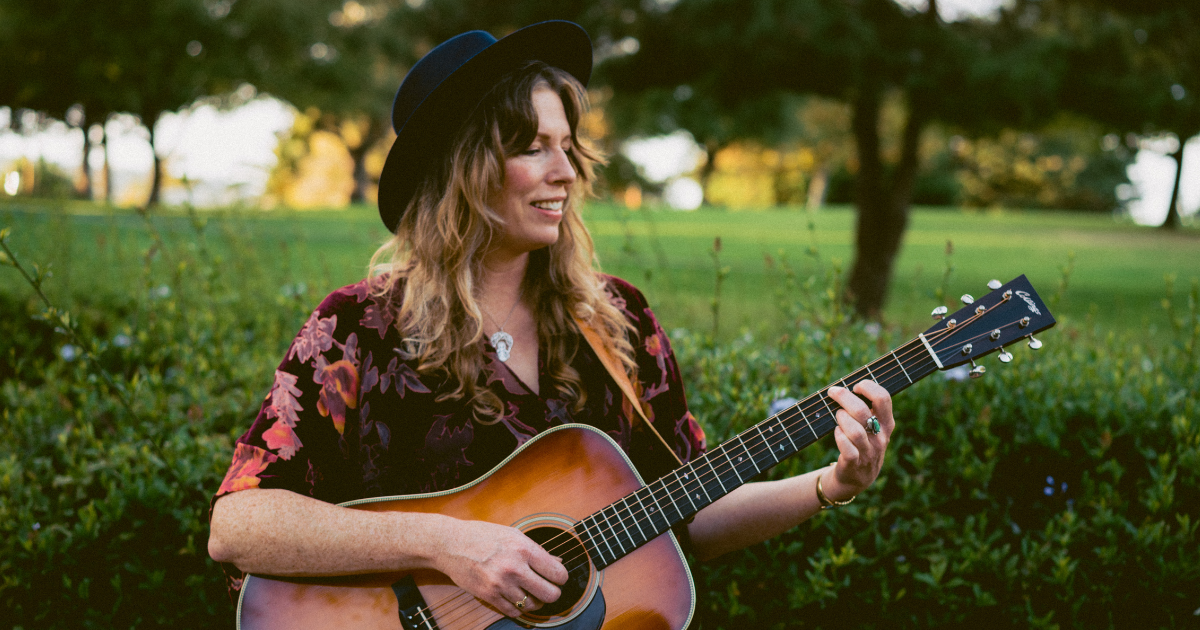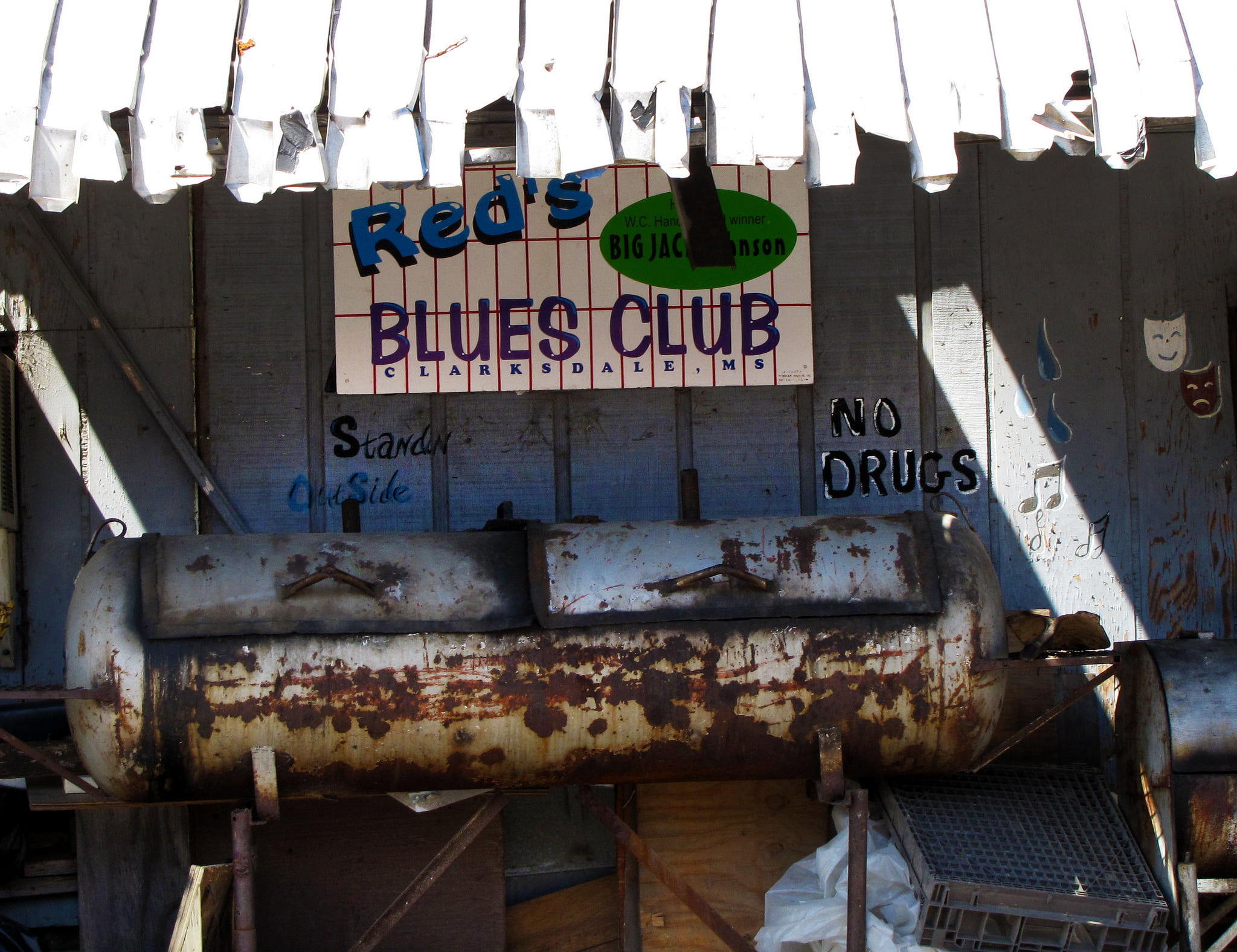Artist: Cat Terrones
Hometown: San Pedro, California
Latest Album: Shelter in Our Beauty
Personal nicknames (or rejected band names): Cat is the nickname my best friend as a kid gave me in junior high. It got lost in the shuffle for a while in college. I went back to Cathy, or Catherine, and for a time Ginger when I sang in blues bands. But I readopted it eventually. I thought, let’s make this simple. But also it’s just more fun and direct, and brings me back to a more essential spirit I like.
Which elements of nature do you spend the most time with and how do those impact your work?
My whole life I’ve spent a lot of time around the ocean. I think the ocean teaches you to respect depth, power, mystery, and wonder. It naturally encourages curiosity, while also helping you understand there’s always more you can’t know or see. I consider myself a pearl diver — but for songs. And there’s just certain passageways, dangers, challenges you understand you’ll have to deal with, if it’s going to be anything other than an easy surface level experience. Being okay with the unknown, open and curious to see what comes next.
The ocean has somehow also taught me about time, about energy waves, sound, imagination and being able to hold whole worlds in your imagination that you may never see, building worlds, building models. Then there’s the aspect of Mother Ocean; the impermanence, the movement, the immense creative waters of the earth, getting perspective, being able to zoom in and zoom out, that natural power can be intense. The deep presence to individual life being so precious and precarious, rare but also vast. It’s rare I write a song that doesn’t at least have a water reference, whether I leave it in the lyrics or not depends on how I think the song needs to stay connected to water.
What is a genre, album, artist, musician, or song that you adore that would surprise people?
The blues. I don’t consider myself a blues singer but for a while I was trying that on and learning from local blues musicians in Southern California. I love Koko Taylor’s song, “Voodoo Woman.” Sometimes I just need to put that track on and hear her shout and own that song. The horn riff on it is so funky. Also, Memphis Minnie. I found her music and guitar playing fascinating and enigmatic, even as the songs were pretty straightforward lyrically, as per the genre. She was a real original and an originator, and I appreciated that about her.
Which artist has influenced you the most … and how?
Sinead O’Connor. I was thirteen when her big song with Prince came out, “Nothing Compares 2 U.” I sat on the floor, cross legged and read the liner notes, discovering that she wrote almost all the other songs. I remember very clearly thinking the words, “I want to do that.” It took until almost graduating high school before I realized I could sing and write my own songs. I wanted to do what she was doing: telling stories, being vulnerable and singing the truth telling. So she’s who I learned that songs are where we can say whatever we need to; painfully true things, fleeting things, big emotions or stunningly small yet profound emotions.
What’s the toughest time you ever had writing a song?
I have a song on my previous EP called Josephine, and I’d say that song was probably the toughest to navigate writing. On the one hand, the emotion was very palpable, and I think I needed to write that song (I’m sure I did) to process some aspects of grief. But it was a really heavy song for me. It tells my own story and the story of someone in my community we lost. It’s about a family who tried everything but their daughter succumbed to a tragic accidental death that was preventable. At the start, I felt compelled to write a song celebrating the beauty of these women we lost. Instead what came out was a song about the grief, survivor’s guilt, and the sense of connection that goes beyond the physical world. How it feels when tragedy cleaves into our lives and communities and changes the fabric of our experience forever. I can’t say it was comforting writing it. But now it feels somehow grounding and cathartic for me when I sing it.
What would a perfect day as an artist and creator look like to you?
In the making of this album, I had many ideal days. Sitting down with a song, being in a natural environment, like near a river or the ocean or lots of trees, playing music, singing, letting a new song come through. Then a good healthful lunch with lots of fresh veggies and tea. Then another session of working on a song before cooking dinner with friends and watching the sunset. And then a song circle with songwriters gathering around a bonfire or running off to catch fireflies.
Photo Credit: Jo Babb

